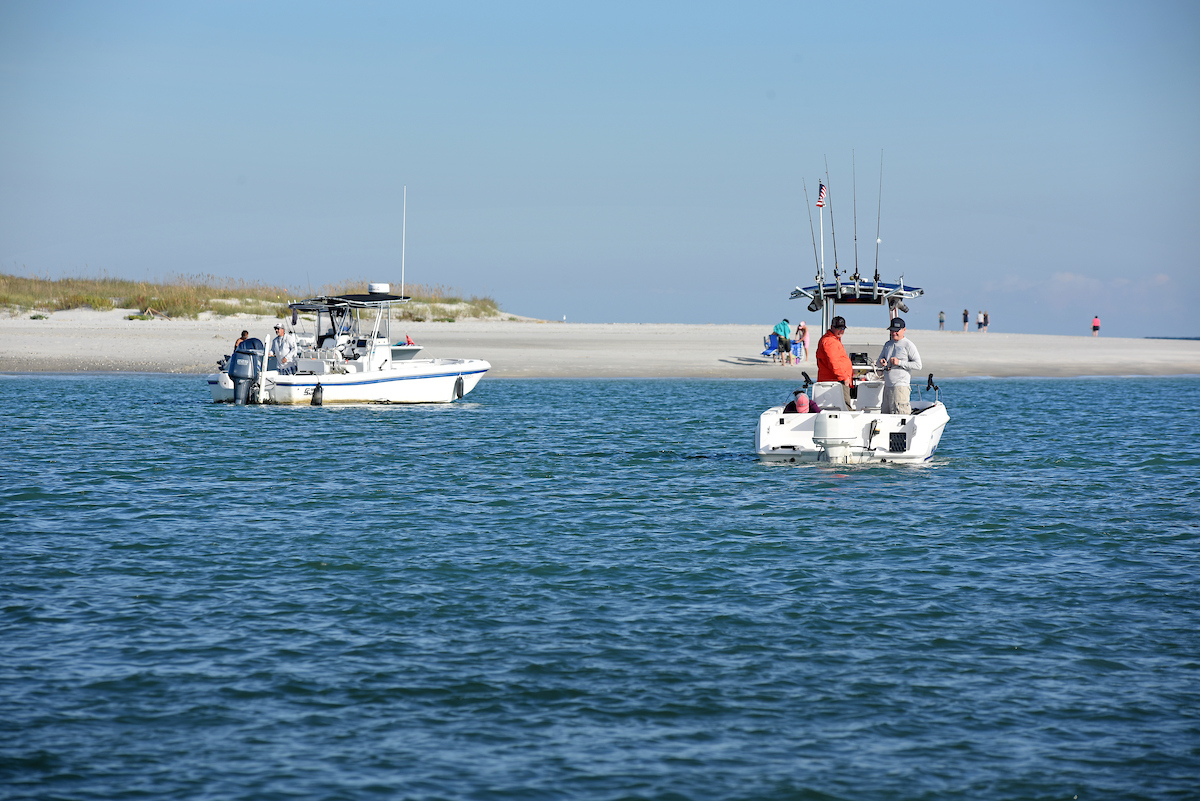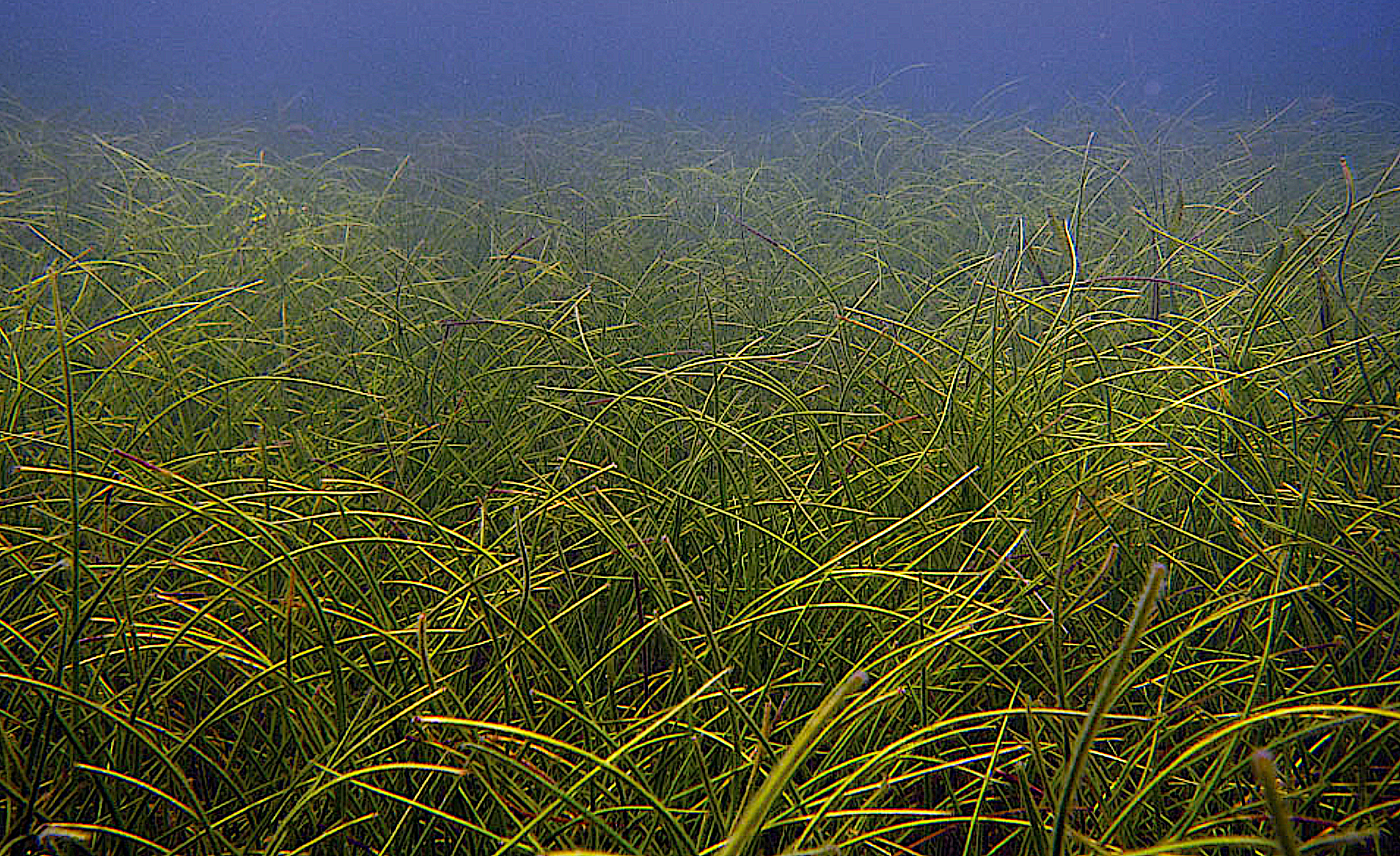Are you wearing a life jacket?

A social media campaign sheds new light on an old challenge.
Research Need
Every year, the U.S. Coast Guard releases its annual report for boating related fatalities. It’s a somber report that tends to be published in the Spring — just about the time of year when people start to boat more often as the weather warms.
For the year 2022, in cases in which the cause of death was known, 75% of fatal boating incident victims drowned. Of those, when the report could determine whether drowning victims had worn a life jacket, it found 85% of the victims had not.
And the unfortunate truth is that most boaters are aware of the safety benefits of life jacket usage. But uncomfortable designs, the insulating effect of a life jacket when it’s already hot outside, the social stigma of wearing one, and popular misconceptions — like “I’m a strong swimmer, therefore, I don’t need to wear a life jacket” — all decrease usage.
We, as boaters, know that we “should” wear our life jackets, but often we don’t really think about the benefits as we are about to leave the dock, only these perceived inconveniences.
But what if we could use the power and reach of social media to heighten awareness about using life jackets?
What did they study?
Researchers partnered with Preventable to deploy a public awareness campaign on Facebook for recreational boating safety in British Columbia, Canada, targeting boaters between the ages of 25 and 55. The campaign consisted of 10 multimedia posts spread across the 2018 to 2019 recreational boating season.
Messages were related to drowning prevention, life-jacket use, alcohol use, and safety equipment. To create relatable messages, prior to content and message creation the team did extensive background research to better understand the knowledge, patterns, and motivations of recreational boaters.
After the campaign, the team analyzed Facebook engagement data and reviewed all comments.
What did they find?
The campaign was considered successful, because it was generally well-received by the intended audience.
The 10 multimedia Facebook posts were liked over 7,000 times and received over 900 shares. Of the 219 comments on the posts, almost half were positive. Fifty comments were off-topic, 45 were neutral, and only 18 were negative.
Positive commenters valued safety as one part of having a pleasant experience on the water, as opposed to being a barrier. Negative comments implied that boating safety would lead to reduced fun.
Anything else?
The campaign post that reached the most people, according to Facebook data, was from August 2, 2019:
Drowning doesn’t just “happen” — it’s almost always #preventable. Learn what you can do to protect you and your family from boating-related fatalities. Stay safe while enjoying the water this summer!
So what?
Creating an engaging message for a campaign is not easy. Prior to developing the campaign, the team interviewed many Canadian boaters and learned that most people knew what to do to keep themselves safe, but they often minimized safety procedures due to complacency and perceived inconveniences.
Knowing that most boaters already know what to do — and don’t like to be shamed into changing their behavior — the results show that a campaign broadly designed to challenge boaters to reflect and act on their existing knowledge may lead to heightened boating safety awareness.
Reading
Smith, J.; Clemens, T.; Macpherson, A.; Pike, I. Public Response on Social Media to a Social Marketing Campaign for Influencing Attitudes towards Boating Safety. Int. J. Environ. Res. Public Health 2021, 18, 6504. https://doi.org/10.3390/ijerph18126504.
This project was funded by Transport Canada through the Boating Safety Contribution Program (BSCP).
By Scott Baker.
Lead photo credit: NC State University.
The text from Hook, Line & Science is available to reprint and republish, but only in its entirety and with this attribution: Hook, Line & Science, courtesy of Scott Baker and Sara Mirabilio, North Carolina Sea Grant. HookLineScience.com



